Spotlights
Arts Program Manager, Arts Director, Cultural Affairs Manager, Non-Profit Arts Coordinator, Arts Operations Manager, Arts Development Officer, Arts Program Coordinator, Non-Profit Arts Executive, Arts Engagement Manager, Arts Administration Specialist
Non-profit Arts Administrators are multitasking experts with extraordinarily keen administrative and organizational skills. Their daily work activities can include a wide array of tasks which allows for multiple entry points to this profession. Administrators can learn these tasks on the job by starting at a coordinator level in the areas of event coordination, artist management, fundraising and donor support, finances, marketing, box office, site management and others. These jobs are available across a wide spectrum of creative organizations including theatre and dance organizations, galleries and museums, higher education, community arts centers, symphonies and opera houses, and any organization working in the visual and performing arts.
Nonprofits rely on the persuasive powers of their Arts Administrators to find donors, market events, and use both traditional and modern marketing techniques to boost fundraising campaigns. That revenue is used to ensure organizations reach their goals and can push forward to new objectives. Senior Art Administrators report to the board of directors, advising peers on updates and keeping the mission on track.
- Working with artists and art lovers to forward organizational and community goals
- Opportunities to work with vibrant cultural and artistic exhibitions, events, and projects
- Contributing to the public good and society’s appreciation of the arts
- Ability to polish skills related to project management, financial management, and fundraising
- Opportunities to make your organizational vision into a reality
Working Schedule
- Work hours are full-time but flexible, with irregular hours common. Arts-related events are often held in the evening or on weekends.
Typical Duties
- Plan and organize artists, events, logistics, buildings, and other personnel
- Create and manage budgets
- Keep abreast of government policy related to grants and other funding
- Orchestrate fundraising activities and specific fundraising events for organizations
- Network and build connections with arts patrons, community partners and donors
- Develop in-house capabilities to broaden public outreach
- Work with directors and program coordinator on program designs
- Manage staffing and performance schedules
- Oversee curriculum development for school performances and workshops
- Work on grant applications, proposals, and reports
- Meet with artists, stakeholders, and clients
- Liaison with media or other public relations outlets
Additional Responsibilities
- Establish a creative, welcoming, and inclusive environment for artists and patrons
- Oversee social media management and all marketing efforts
- Manage invoices and timesheets
- Maintain art spaces and general decor
- Active participation in community-organized events
Soft Skills
- Ability to work independently, on teams, and with third-parties
- Desire and aptitude to help artists succeed
- Energetic and enthusiastic
- Friendly and welcoming manner
- Honesty
- Informed social and cultural awareness
- Keen organizational skills
- Patience
- Resilience and composure
- Resourcefulness and leadership
- Skills for coordinating events
- Strong communication skills, including active listening
- Time management
Technical Skills
- General familiarity with computers (PC or Apple)
- Knowledge of visual presentation equipment (such as video magnifiers, televisions, etc.)
- Knowledge of File Maker Pro and Constant Contact
- Familiarity with social media, networking, and video platforms such as Instagram, Facebook, YouTube, TikTok, Twitch, Vine, and LinkedIn
- Knowledge of printers, scanners, and photocopy equipment
- Microsoft Office, Google apps, Macintosh software
- May need driver’s license to commute to sites
- Arts councils
- Community-based organizations
- Cultural centers
- Educational institutes
- Museums
- Orchestras
- Performing art studios
- Theaters and Dance Centers
Non-Profit Arts Administrators bear enormous responsibility to ensure organizations have sufficient incoming funding via donations and grants. Government belt-tightening and tough economic conditions make it a challenge to meet financial needs and keep up with expenses at times. Careful research and relationship building skills make the difference in securing multi-year, long term funding that can be counted on for stability.
Arts and culture have always been vital to our societies; they go hand in hand with social growth and change. However, funding for the arts is often an early casualty during challenging economic circumstances. While cities across the nation renewed their commitment to the arts, COVID-19 came along and put a massive financial strain on the global economy. Government budgets—a major source of art program funding—have been stretched to the max. As a result, the culture sector suffered more than expected.
UNESCO chief Audrey Azoulay summed up the need for the continued support of the arts, noting, “Culture has helped us out of the crisis. Now we have to help culture and support the diversity to which culture owes its strength.” Luckily, there’s been a shift to digital art in recent years that’s opened the gates to exciting new opportunities, including digital art museums.
Non-profit Arts Administrators were likely always inclined towards art and fun activities and events related to music, art, and culture. They may have been born with a special knack for understanding and appreciating abstract and philosophical works. Or perhaps they one day found themselves smitten by a particular painter or singer and ended up diving into the broader world of arts. They might have drawn inspiration from visiting art galleries, theaters, or museums during school or family trips in their younger days. Some might even have experienced a transformative event that kindled their passion for the arts. Regardless of how they came to love the arts, most future administrators were also active in extracurricular activities, loving to be right in the middle of things!
“When I was younger, I enjoyed volunteering and giving back to my community. In high school, I volunteered at the local hospital, food banks, and supported community events. I also enjoyed the arts and was part of several dance groups growing up!” Elida Ledesma, Executive Director of Arts for Healing and Justice Network.
- Most Non-Profit Arts Administrators hold a bachelor’s degree in a relevant field (such as a major in one of the arts disciplines i.e. Dance, Music, Theatre or Visual Arts). They MAY also have a Master’s in Arts Management or Administration but often entry level positions do not require this.
- Note, per Goucher College, “there is essentially no difference between arts administration and arts management. The two terms are often used interchangeably.”
- New Ventures in the Arts/ Entrepreneurship
- Some employers hire Non-profit Arts Administrators straight out of college, while others might prefer someone with a few years of work experience
- Look over the program’s core and elective courses to see if they offer everything you want
- Take a look at how many credits are required for graduation. Some programs are more comprehensive (and thus longer and more expensive) than others!
- Decide if you want to attend a traditional on-campus program or prefer an online experience or hybrid program that combines both in-person and online options
- Keep in mind that even distance education programs might have an on-campus residency requirement (residency could be as short as two weeks, but some schools require more than one residency, so pay close attention)
- If you do try an online program, make sure your computer and other equipment meet all minimum technology requirements listed on the program’s site
- Read a few faculty profiles to see who your teachers would be. Your professors are often the most significant variables in any college program, so don’t be shy about researching them!
- Compare costs of tuition, room and board, and scholarship opportunities (in addition to federal financial aid for students)
- Look at your potential program’s graduation and job placement statistics
- Load up on courses related to art, writing, business, marketing, public speaking, and leadership
- Non-profit Arts Administrators need highly-polished written and verbal communication skills, so seek out opportunities to put yourself and your work out there
- Pay attention to all feedback received, and learn how to adapt your style to be as persuasive and engaging as possible
- Volunteer at your school to help think of activities and events, then assist with all aspects of planning, organizing, and managing those projects
- Find paid or volunteer opportunities working with local arts and culture centers. Gain exposure to the environments and the people associated with them
- Become a social maven who is well-known and well-respected
- Learn how current social and political trends impact and shape the arts and what that means for artists, communities, and stakeholders
- Be involved with as many arts and culture-related organizations as you can, and find ways to constantly network and bring people together
“Student’s should be identifying fields that they are interested in and/or have a passion for. Students should then seek volunteer or internship opportunities within those fields to see if it is indeed a good match. By participating in volunteer and internship opportunities you’ll be able to network and get a better sense of the job overall.” Elida Ledesma, Executive Director of Arts for Healing and Justice Network.

- Complete all of your academic requirements, doing as well as you can scholastically
- Earning a place on the Dean’s List demonstrates your commitment to learning. Employers might not all look at your GPA, but if it is strong you should reference that on your resume, along with any awards!
- List details of all of your prior work and extracurricular activities on your resume
- Include hard stats on any applicable financial figures (value of assets, dollars raised, profit increases under your watch, any analytical or statistical data to prove how you added value)
- Keep connected with past professors and supervisors so that you can request a reference or letter of recommendation
- Sign up for notification alerts for relevant job postings on Work for Good, Indeed.com and other employment portals.
- If there’s a specific organization you want to work for, go directly to their website and review their careers page. Reach out to them if you want to ask about upcoming openings
- Print out job posts and highlight keywords and phrases. Use those same words and phrases in your resume, if you can do so in an honest and relevant manner
- Be well-prepared for interviews! Review sample interview questions, practice by doing mock interviews (ask your school if their career center offers these), and let your passion and knowledge come through when the time comes
- Volunteer to advocate for arts and arts education with your state's advocacy organization for arts and culture
- Demonstrate your daily commitment to the arts by staying informed on trends and new developments
- Explore opportunities with other organizations or institutions if your current employer doesn’t have opportunities for career growth
- Build strong ties to local artists, venues, communities, and donors. Establish your reputation as a nonprofit arts leader
- Serve on high-visibility committees where you can expand your reach and influence
- Offer to mentor others, if your employer features internship opportunities
- Stay heavily involved in pertinent professional organizations (see our list of websites below), both locally and nationally
- Be an advocate for young artists developing their careers. They’ll remember your kind assistance when they’re climbing up their own ladders!
- Keep patrons and donors excited by offering bold new event ideas that stoke interest, invite discussion, and encourage maximum participation
Websites
- Arts.gov
- Arts Midwest
- Mid-America Arts Alliance
- National Assembly of State Arts Agencies
- New England Foundation for the Arts
- South Arts
- U.S. Regional Arts Organizations
- Western States Arts Federation
- Arts Education Partnership
Books
- Arts Management: Uniting Arts and Audiences in the 21st Century, by Ellen Rosewall
- Management and the Arts, by William Byrnes
- The Arts Management Handbook: New Directions for Students and Practitioners, by Meg Brindle and Constance Devereaux
- Performing Arts Management: A Handbook of Professional Practices, by Tobie Stein, et. al.
“Career journeys are hardly ever linear. It’s okay if you’re not quite sure what you want to do. Identify what speaks to you and what you’re really passionate about. Anyone can learn skills but passion and love for the work are hard to teach. If possible, identify a mentor who can help guide you and answer questions along the way. Also, if you’re not sure what educational program you want to do, you can reach out to professors and ask if you can sit-in on one of their courses. I did this before applying to my Master’s program and it helped me determine whether it was a good fit for me.” Elida Ledesma, Executive Director of Arts for Healing and Justice Network.
Newsfeed

Featured Jobs

Online Courses and Tools








